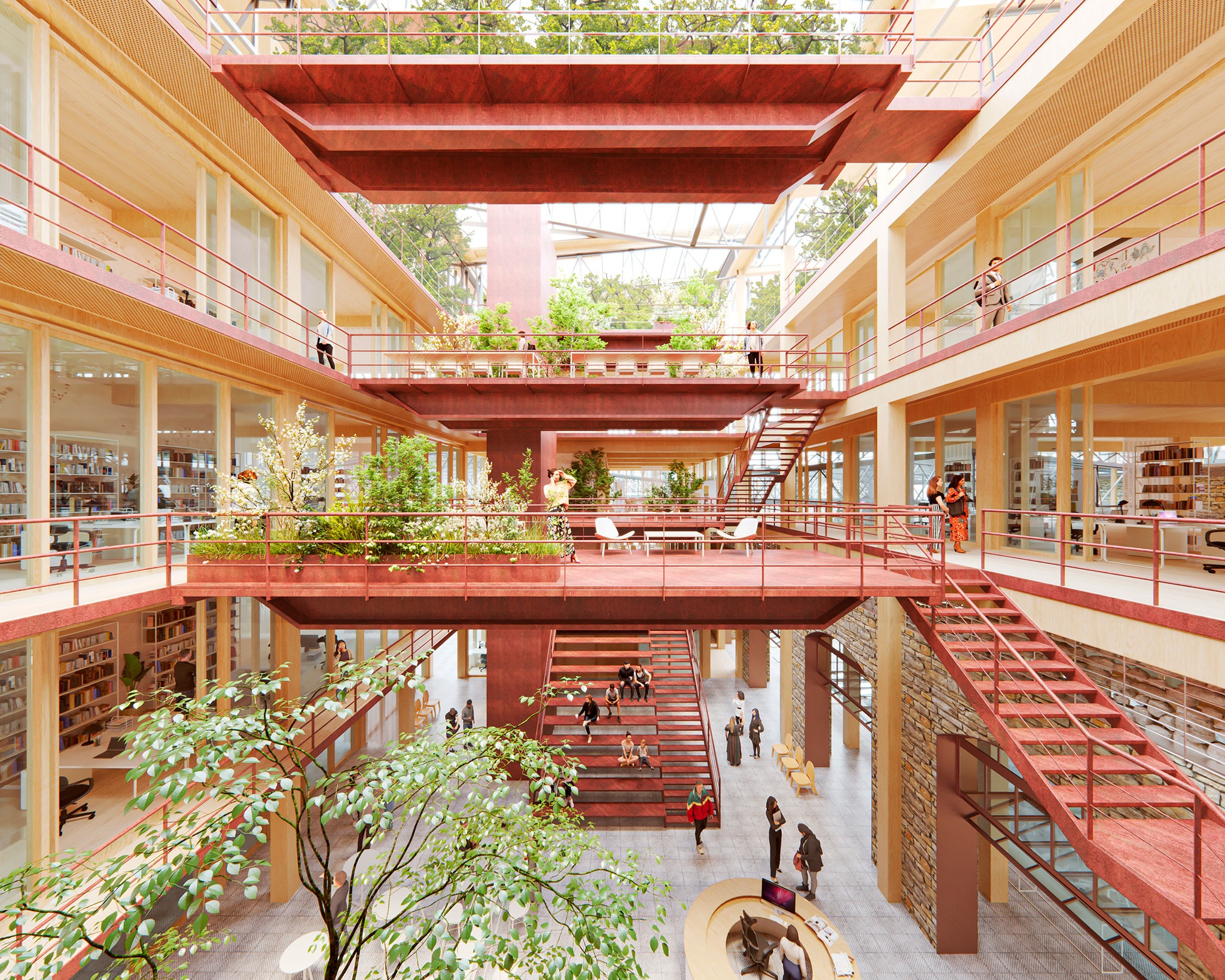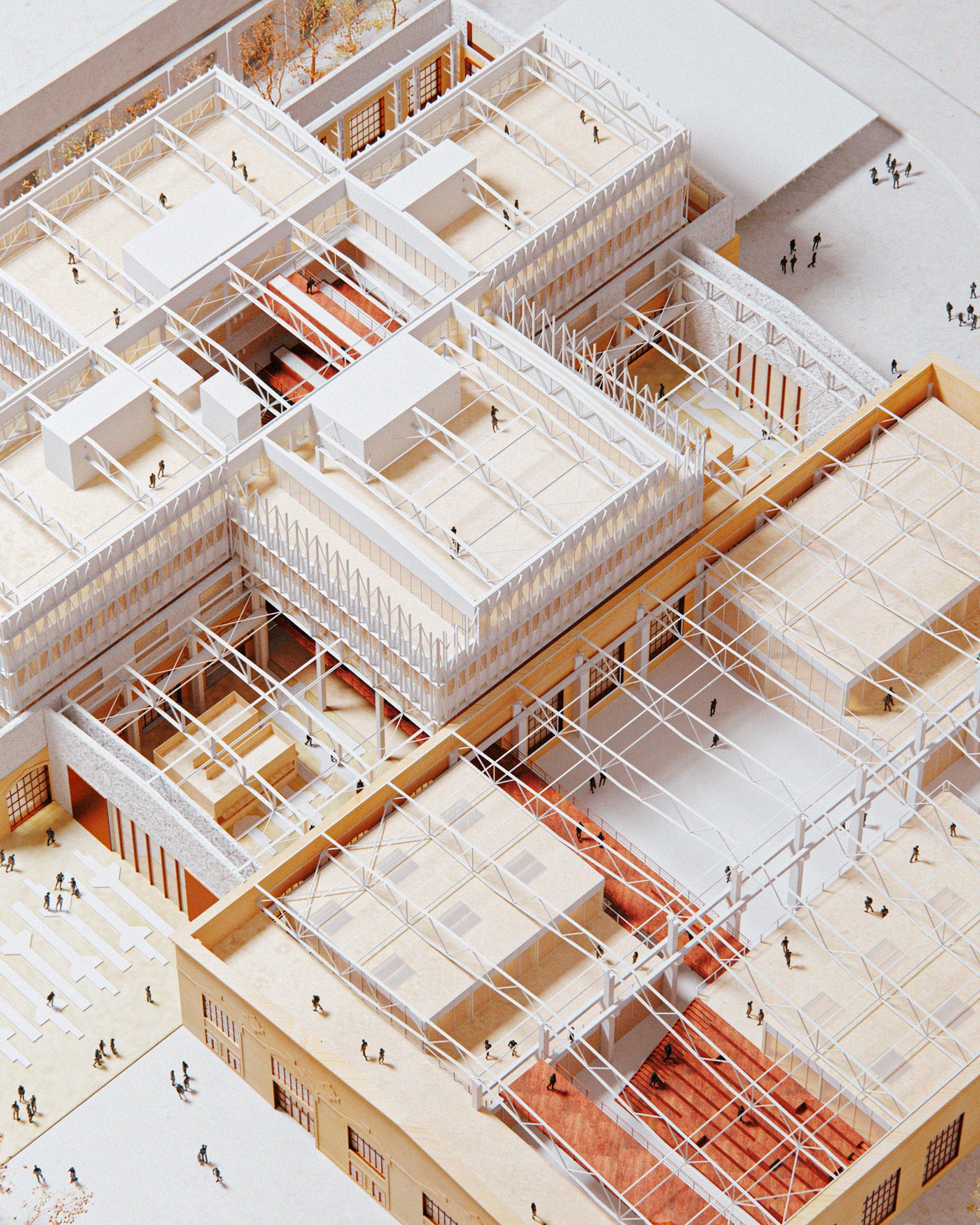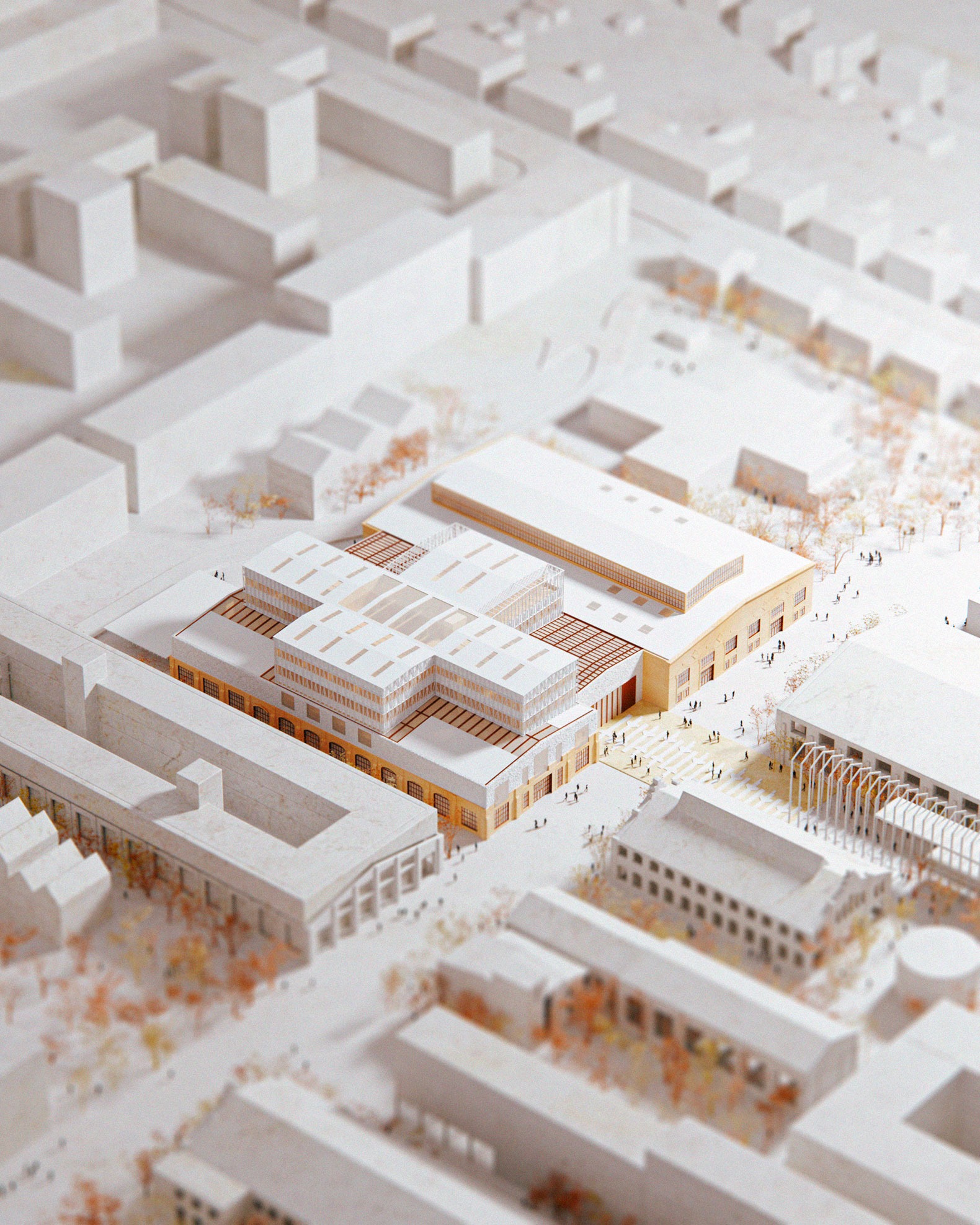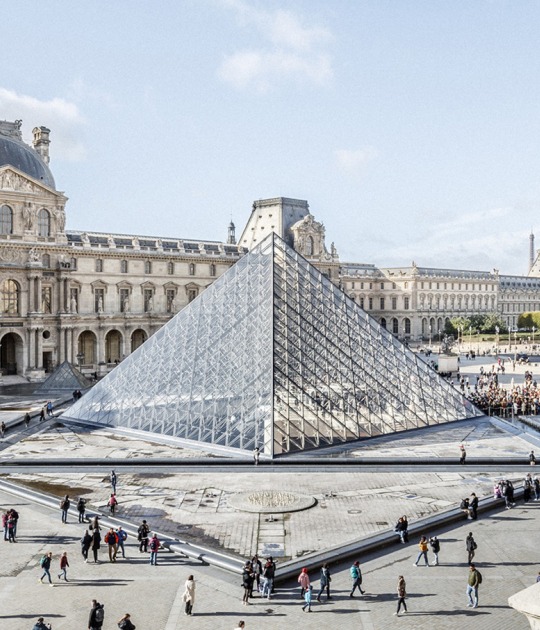
The architecture studio Cobe will begin the planning by developing an innovation center that will function as the heart of the new neighborhood with exchange spaces and commercial premises such as cafes, shops, art studios, exhibitions, as well as different work spaces. The project will carry out a comprehensive transformation that will shape the future identity of Krulli based on its history.
The aim of the project is to integrate the city, landscape and architecture into the surface of the former factory, i.e. to turn this space into a mixed-use urban district that will provide 600 new homes and 3,000 new workplaces with the community and start-ups in mind. By reusing existing materials, components and entire buildings found on site, the project reinforces the local identity through its colours and materials.

Reuse at all scales: from the city to the buildings and materials
The former industrial area that housed the historic steel factory “Krulli”, dating back to 1899 and which has been an important source of employment in the Estonian capital, today presents a mix of pioneering nature and temporary activities in and around its abandoned structures, after becoming obsolete and remaining empty for years.
“We firmly believe in urban transformation and in reusing what already exists. In the context of climate change and resource scarcity, the most sustainable and meaningful project will always be the one that is already built. Following this principle, the Krulli site is a treasure box of materials, buildings and urban qualities just waiting to be transformed and reused. The project prioritizes reuse goals that make both environmental and economic sense, forming the foundation of the Krulli identity. A ‘resource stair’ approach establishes a hierarchy for all materials found on site and any new additions. Reuse is always the highest priority, followed by biogenic materials, and then re-usable materials, leaving carbon intensive concrete as the last choice.”
Dan Stubbergaard, Cobe founder and professor at Harvard University.
Cobe was commissioned for the project in early 2023 and has since developed a specific plan for the former Krulli steelworks site, including detailed transformation projects, landscaping and public space planning, based on a 2021 planning for the area designed by Estonian architect Andres Alver.

A showcase of heritage transformation, reuse and renewal
By transforming three neighbouring heritage industrial halls, the innovation centre will serve as a starting point for the transformation project, being envisioned as the future central public destination point in the new Krulli neighbourhood. The project explores the existing environment surrounding the neighbourhood in detail, focusing on reusing as much of the existing as possible.
This includes the review of the existing building structures and elements in the three pavilions as a basis for the new project, which is currently in the detailing phase and is expected to be completed in 2027. The pavilions will be transformed, complemented by new office spaces constructed from timber arranged in a checkerboard pattern within the existing structures.

From the existing limestone walls, concrete columns and panels to the foundations and steel trusses, everything is reused to ensure the conservation of the historic facades and minimising the impact of the building’s carbon footprint. Similarly, with the sustainability of the project in mind, cranes will be reused as bridges connecting the three buildings horizontally, damaged parts are repaired with crushed limestone waste and the new roofs retain the shape of the reused steel trusses.
“The project is a showcase of transformation, reuse, and the preservation of heritage structures, establishing it as a beacon of urban transformation and innovation in the heart of Tallinn.”
Dan Stubbergaard, Cobe founder and professor at Harvard University.































